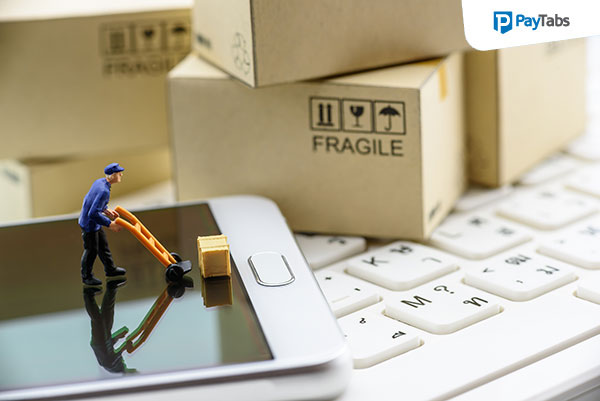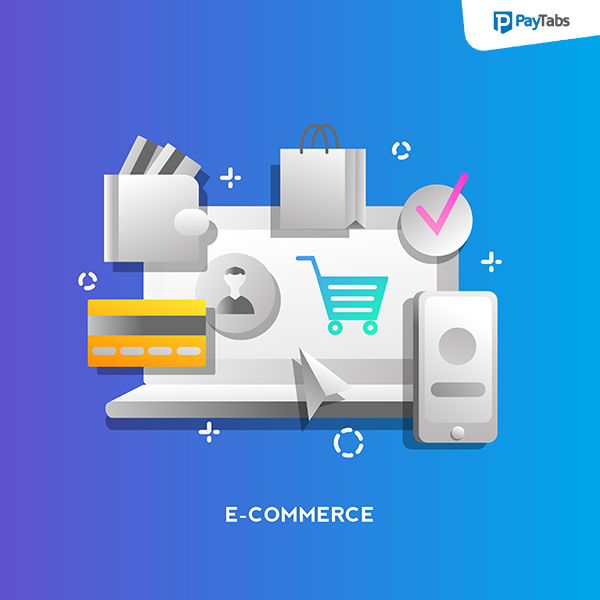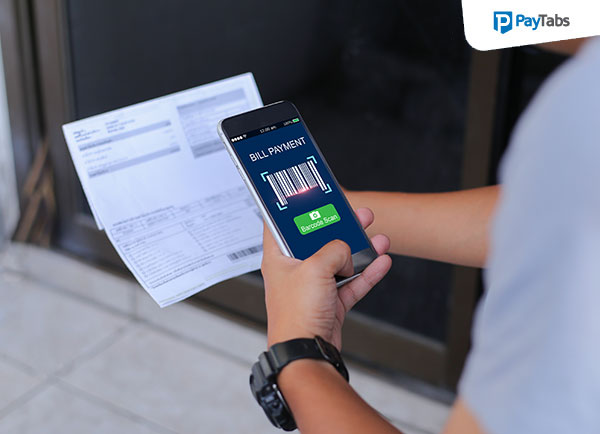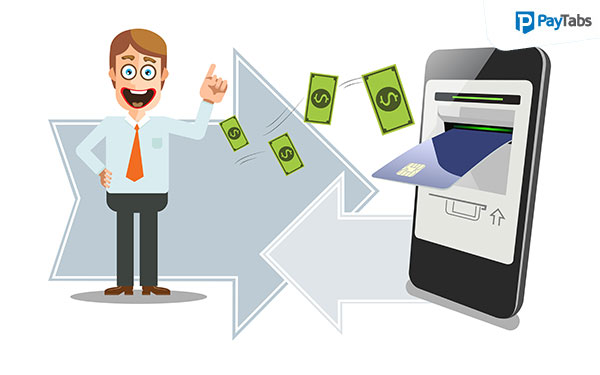6 Money Saving Tips for Your Small Business

If you are the owner of a small business, chances are that you are always searching for creative ways to save money and keep your business afloat. Even if your business is doing well, it always makes sense to spend frugally. Whether you are looking to cut costs or improve profitability of your business, here are some creative ways that make the entire idea of saving money painless and easy!
- Avoid having a full-time office space
Thanks to the advancement in technology, businesses today can be run from any location. Barring a few sectors, try to rent as minimal office space as you can.
Offer people work from home options and get only the core team to sit at office. This way you can cut down on not only office rent but also small overheads like paper, electricity, food and gadget expenses etc.
- Try inbound marketing rather than keeping a big fat sales team
Try attracting your customer online by implementing a good content marketing strategy. Focus on your SEO strategy, build on social media and invest in search engine marketing. Also don’t ignore your company blog, since that has a lot of potential in getting you traffic. This might work better than outbound sales, especially if you are trying to sell a product or service online.
- Consider used furniture
If having an office is the only option you have, consider buying equipment and furniture that is pre-used. You can find office chairs and screen at nearly half the price from most second hand or refurbished goods store. Delay gratification. What you offer to your customers is much more important than a fancy looking office.
- Outsource as much as possible
Full time employees do not come cheap these days. Add to it the additional benefits like leaves, medical expenses and provident funds, you might just blow up all your budget. So, if possible, hire independent and reliable freelancers to reduce cost. Needless to say, by hiring a freelancer you will also be able to save a lot since they are already an expert in their field while a full time employee would need to be trained.
- Do not shy away from negotiating
As a small business owner, you should definitely avoid paying retail prices as often as possible. So, try to negotiate with vendors, consider bulk buying to save on shipping charges or tie up with wholesalers. Figure out ways to save money on your buying charges. You can also barter with some companies and save further. For example, you can purchase raw material for your bakery at a lesser price and in exchange offer to provide free cake on the dealer’s celebration occasions.
- Hire a good tax accountant
No one likes paying taxes. So it makes sense to hire a good accountant who can help in claiming certain tax rebates and allowances that you might not be aware of.
To be honest, when it comes to saving money, there are numerous things you can try. Every business comes with its own needs and priorities, so you are the best judge of what works best for you. Having said that, always remember, if it saves money, it is worth it!
If you are looking for a reliable way to accept online payments and have a competitive advantage, you can visit www.PayTabs.com.




